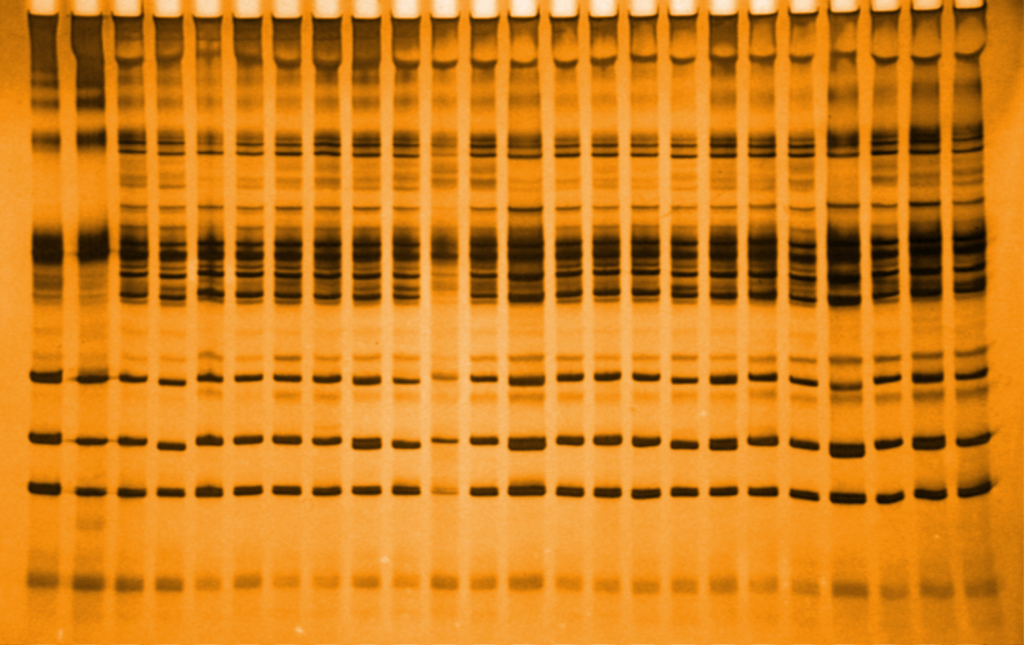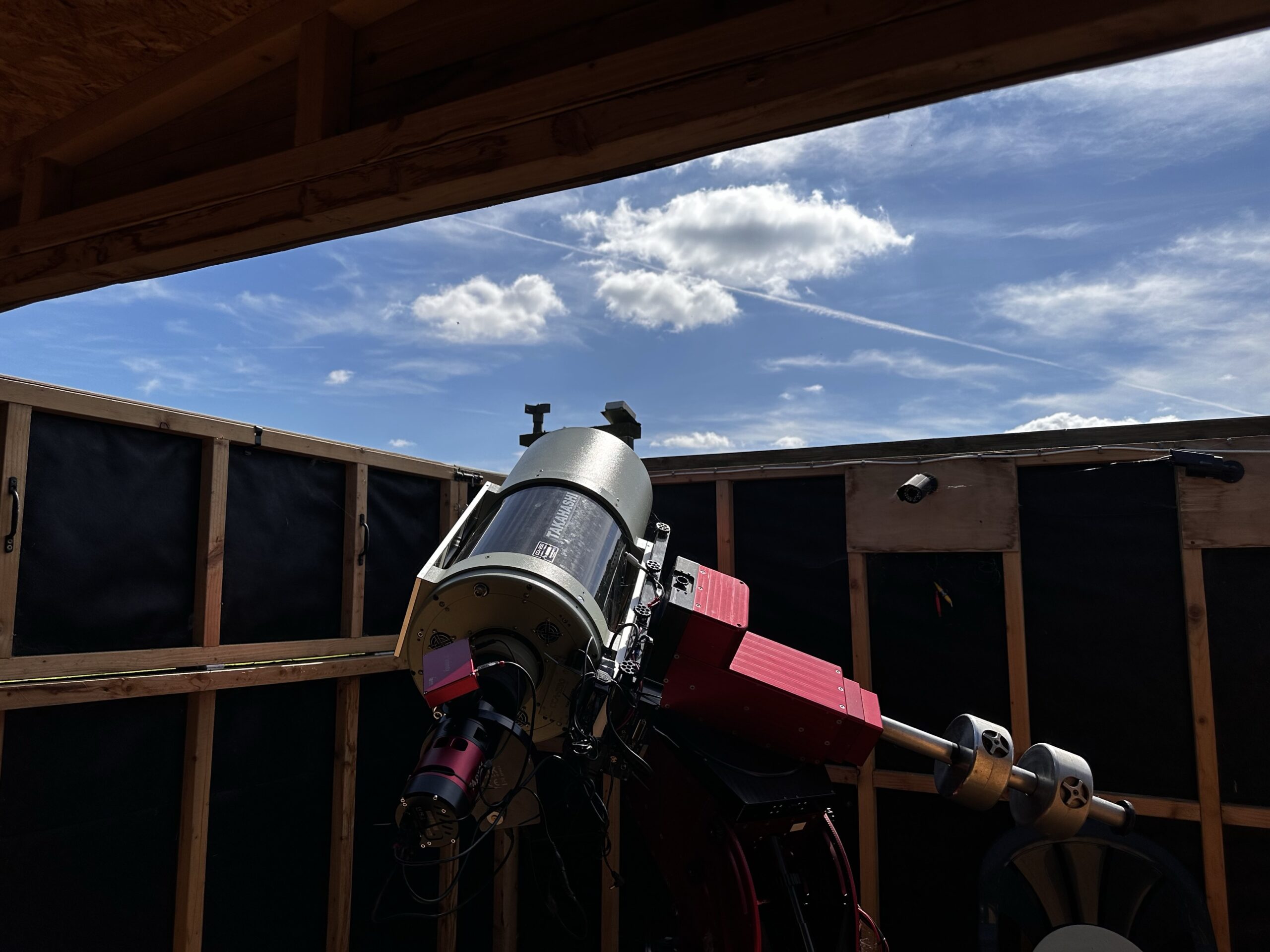
Of particular relevance in this era of COVID, it is clear that the broad sphere of the life sciences are a vital area of research for solving some of the seemingly insurmountable problems that we are faced with today. Imaging solutions have an important role to play within the life sciences.
This is because life scientists require the highest standard of equipment possible, in order to ensure that findings are accurate. The sheer quantity of images requires high reliability and durability. Additionally, flexibility and adaptability of form and function is essential for imaging solutions to work seamlessly with rapidly evolving scientific equipment.
There are a wide variety of applications within the life sciences that require imaging solutions, from microscopy to ophthalmology, and these are set to be discussed in our upcoming webinar on the subject that you can register for by clicking here. You can also learn more about selected applications in our OEM applications page.
Perhaps one of the most widely used applications of imaging solutions in life science is in the field of gel documentation. Gel documentation is used in molecular biology and is principally used to record images of molecular fragments that have been separated through gel electrophoresis.
A camera is used to record an image of the gel, with the following features being highly desirable for cameras in gel documentation applications:
- High image quality
- High dynamic range
- Long exposure times
- A cooled sensor
- Low read noise
- Flexible form factor
Together, these factors combine to ensure that the image quality is as high with little distortion of the image possible. Furthermore the flexible form factor allows a camera to be placed into a multitude of different gel documentation systems of varying sizes.
Of course, gel documentation is merely one of a large array of applications that require imaging solutions. To learn about some of the others, register for our webinar on the 28th January here.



